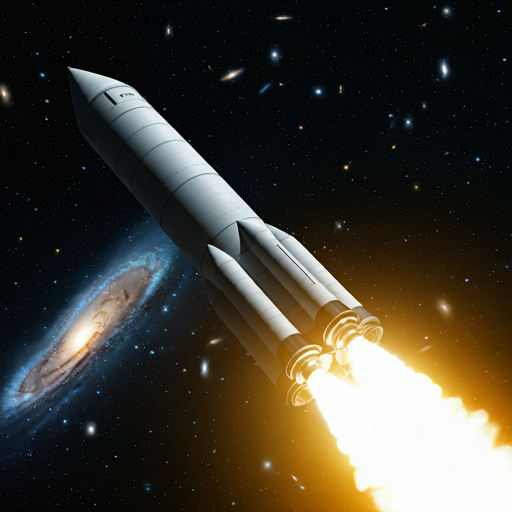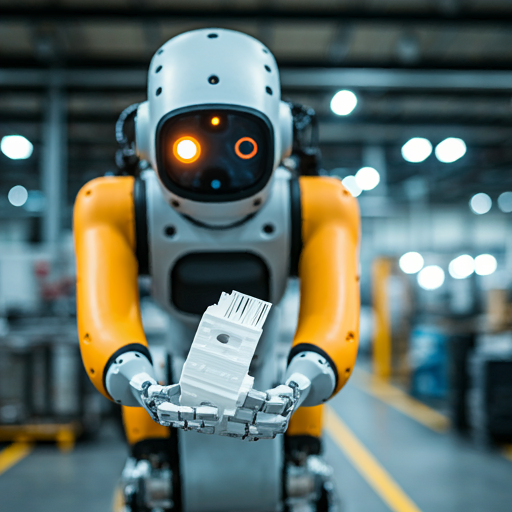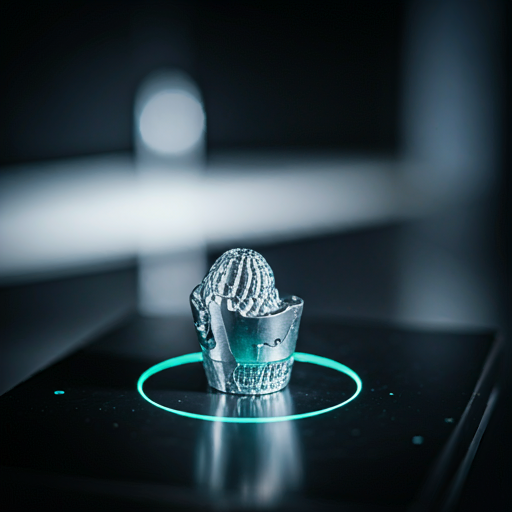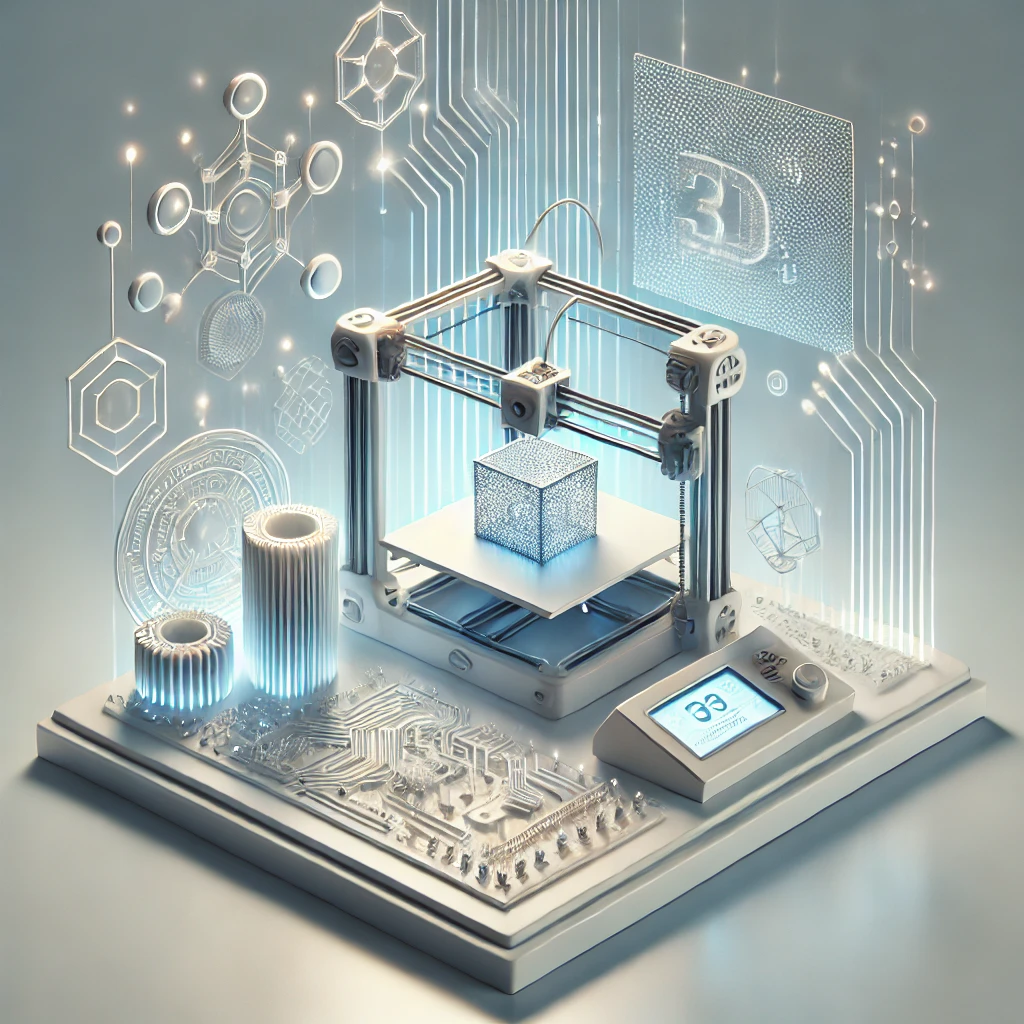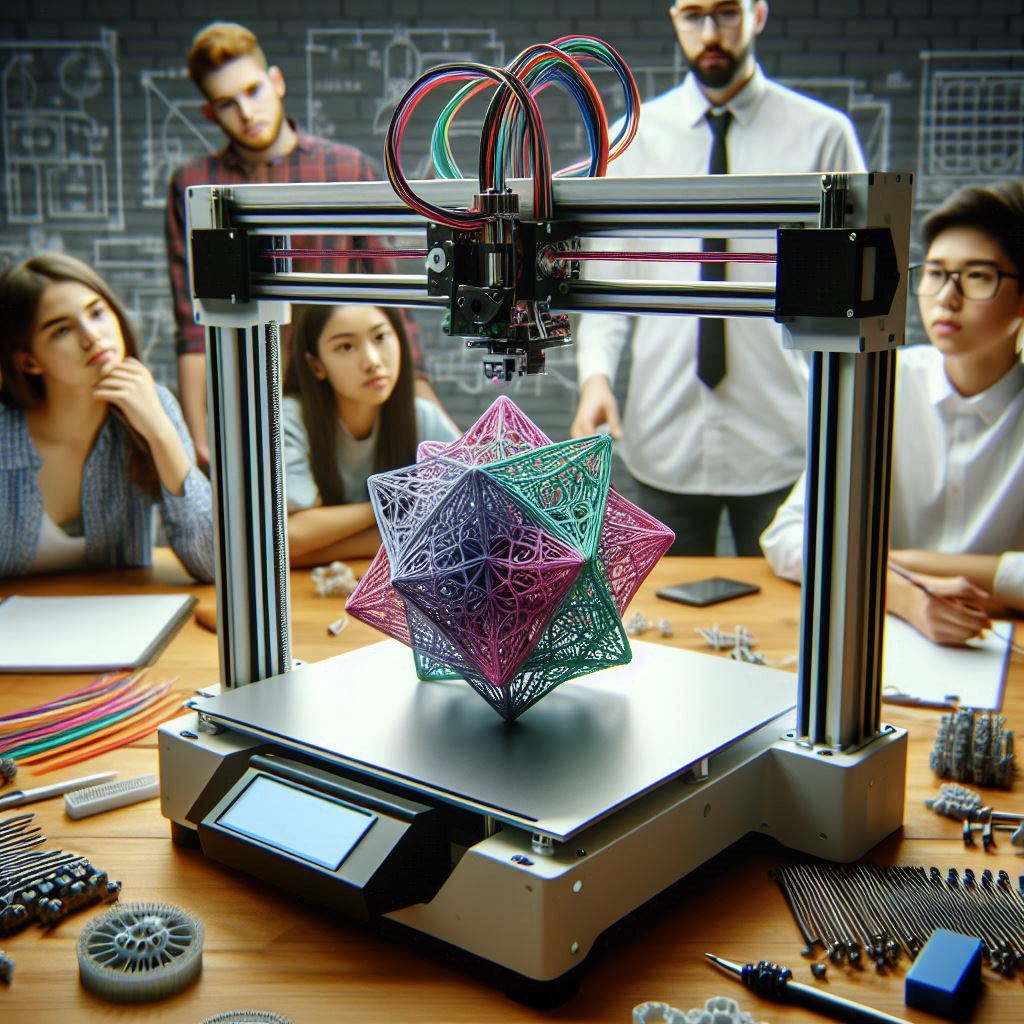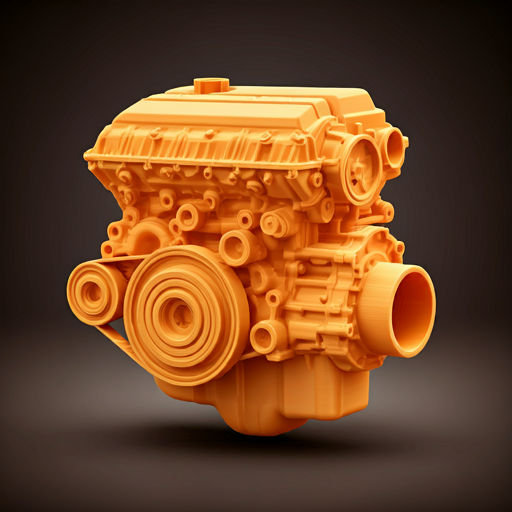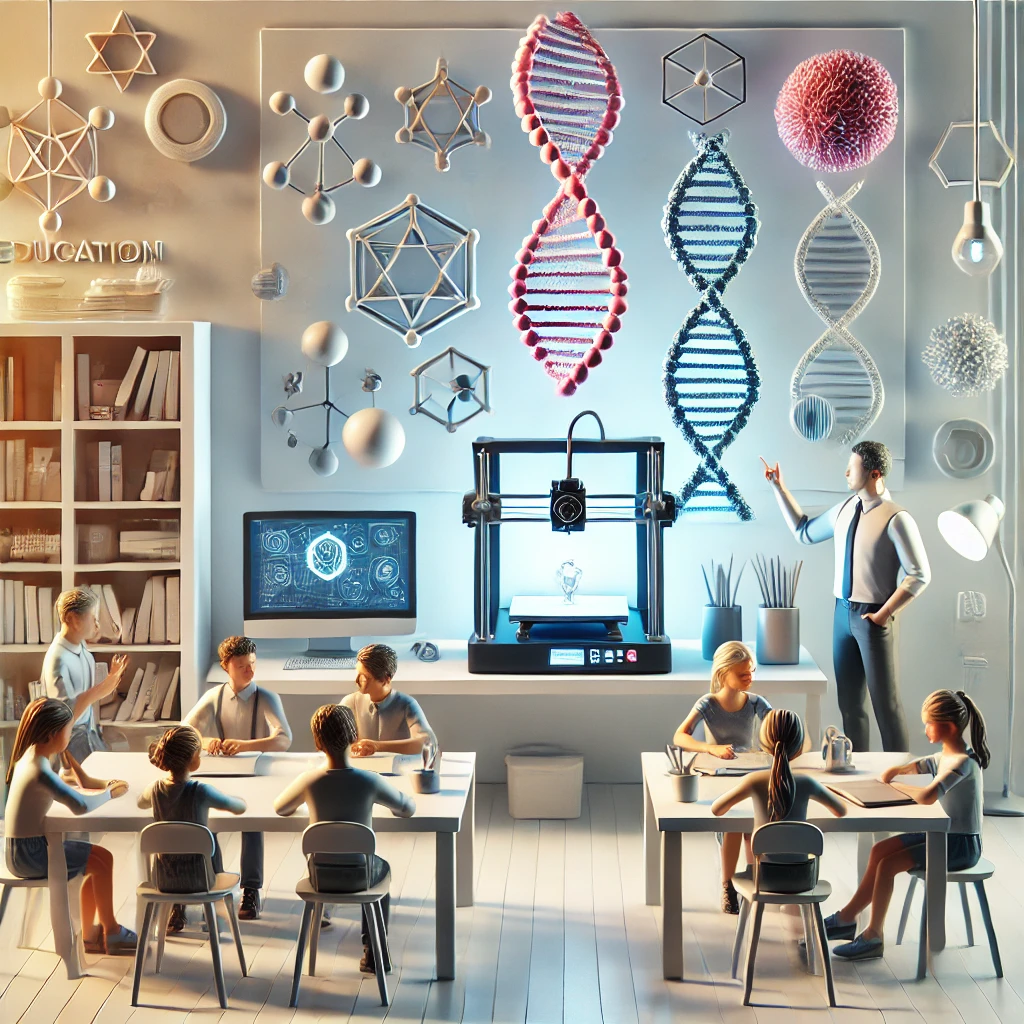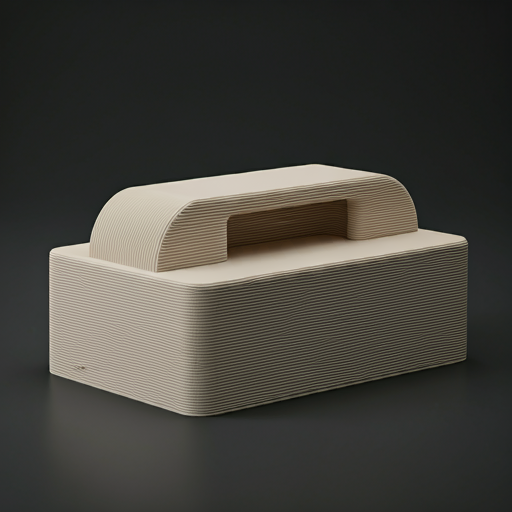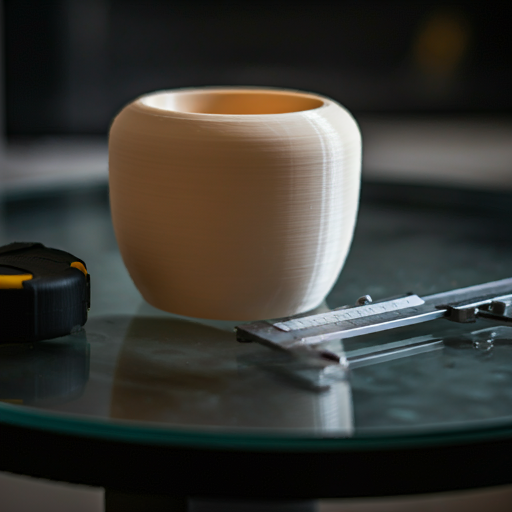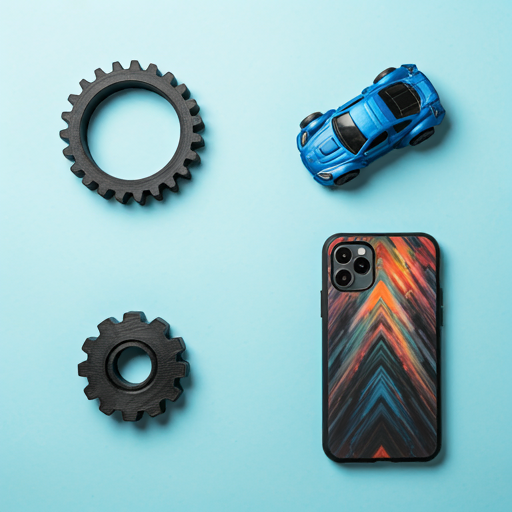
Introduction to Photogrammetry
Photogrammetry is the science and technology of obtaining reliable information about physical objects and the environment through the process of recording, measuring, and interpreting photographic images and patterns of electromagnetic radiant imagery and other phenomena. By analyzing the relationships between multiple photographs taken from different viewpoints, photogrammetry can reconstruct three-dimensional structures or landscapes with remarkable accuracy. This technique is widely used in various fields such as geography, engineering, architecture, and archaeology, to name a few. It enables the creation of maps, drawings, measurements, or 3D models of real-world objects or areas.

Historical Background of Photogrammetry
Photogrammetry started in the mid-1800s, shortly after photography was invented. The idea of using photos to make precise measurements was first explored by a French inventor named Aimé Laussedat in the 1850s. He used photographs to create maps, which marked the beginning of photogrammetry as a field.
In 1867, a German architect named Albrecht Meydenbauer coined the term "photogrammetry." He saw how useful photos could be for accurately measuring buildings and other structures. Over time, as cameras improved, so did the techniques and uses of photogrammetry. By the early 1900s, aerial photography became common for mapping and surveying, especially during World War I for military purposes.
After the war, photogrammetry advanced rapidly with better cameras and new methods. The development of stereophotogrammetry, which uses overlapping photos to create 3D models, was a major breakthrough. The shift to digital photography and the rise of computers in the late 20th century further revolutionized photogrammetry, making it more accurate and versatile. Today, photogrammetry is widely used in many fields, thanks to ongoing technological progress.
Common softwares used for Photogrammetry
Pix4Dmapper :
Pix4Dmapper is a versatile photogrammetry software designed to deliver high-precision 3D maps and models from drone-captured images. It is widely used in industries like agriculture, construction, and mining due to its advanced image processing algorithms and support for various sensor types, including RGB, thermal, and multispectral cameras. Its cloud-based processing capabilities enable real-time collaboration and easy access to processed data, enhancing workflow efficiency and decision-making.
DroneDeploy :
DroneDeploy is a cloud-based platform tailored for drone mapping and photogrammetry, offering an easy-to-use interface and automated flight planning features. It allows users to capture, process, and analyze aerial imagery in real time, providing immediate access to 2D maps and 3D models. Its integration with other software and platforms enhances its versatility and applicability in various professional workflows.
RealityCapture :
RealityCapture by Capturing Reality is known for its speed and efficiency in processing large photogrammetry datasets. It is capable of producing highly detailed 3D models and meshes from both terrestrial and aerial imagery. The software supports the integration of laser scan data, enhancing the accuracy and detail of the 3D reconstructions. Its versatility and scalability are key strengths, catering to both small-scale and large-scale projects.
Autodesk ReCap :
Autodesk ReCap is part of the Autodesk suite of tools, designed for creating accurate 3D models and point clouds from photos and laser scans. It seamlessly integrates with other Autodesk products like AutoCAD and Revit, providing a streamlined workflow for professionals in architecture, engineering, and construction. ReCap offers tools for aligning, editing, and optimizing point clouds, as well as cloud-based processing and collaboration capabilities.
MicMac :
MicMac is an open-source photogrammetry software developed by the French National Institute of Geographic and Forest Information (IGN). It offers a comprehensive suite of tools for photogrammetric processing, catering primarily to advanced users and researchers. It supports a wide range of image types and georeferencing, making it suitable for academic research, mapping, and specialized photogrammetric projects.
How photogrammetry software works?
Photogrammetry software transforms 2D images into accurate 3D models and maps by using a series of automated processes and algorithms. Here’s a step-by-step overview of how photogrammetry software works:
1. Image Acquisition :
The process starts with capturing multiple photographs of the object or area of interest from different angles. These images can be taken using various platforms such as drones, airplanes, or handheld cameras.
2. Image Import and Alignment :
Once the images are captured, they are imported into the photogrammetry software. The software identifies and matches key points in the overlapping images, a process called feature matching. These key points are distinct and recognizable features such as corners, edges, or unique textures.
3. Sparse Point Cloud Generation :
The matched key points are used to create a sparse point cloud. This is a preliminary 3D representation where each point corresponds to a feature in the images. The software calculates the relative positions of these points using a process called triangulation, which determines the 3D coordinates based on the positions of the matched points in different images.
4. Camera Calibration and Optimization :
To improve accuracy, the software performs camera calibration. This step involves refining the camera parameters, such as focal length, lens distortion, and camera orientation. The optimization ensures that the calculated 3D points align as closely as possible with the actual features in the images.
5. Dense Point Cloud Generation :
After the sparse point cloud is created and optimized, the software generates a dense point cloud. This involves a more detailed and comprehensive matching process to create a highly detailed 3D representation of the object or area.
6. Mesh Generation :
The dense point cloud is then converted into a 3D mesh. A mesh is a network of interconnected triangles that form the surface of the 3D model. This step involves connecting the points in the dense point cloud to create a continuous and smooth surface.
7. Texture Mapping :
To enhance the visual realism of the 3D model, the software applies texture mapping. This step involves projecting the original images onto the 3D mesh, adding colors and textures to the model. The result is a photorealistic 3D representation of the object or area.
8. Export and Analysis of model :
Finally, the 3D model can be exported in various formats suitable for different applications, such as CAD software,or 3D printing. Users can analyze the model for extracting measurements, creating maps, or performing further processing.

Types of Photogrammetry
Lets delve deep into understanding into various types of Photogrammetry processes.
Aerial photogrammetry
Aerial photogrammetry involves capturing photographs from aircraft or drones flying over the survey area. It is primarily used for topographic mapping, land surveying, and urban planning, providing high-resolution images that cover large areas quickly and accurately. This method is advantageous for creating detailed maps and models of large landscapes, making it a vital tool for environmental monitoring and infrastructure development.

Terrestrial and Close-range Photogrammetry
Terrestrial photogrammetry, also known as close-range photogrammetry, involves taking photographs from ground-based positions using handheld cameras, tripods, or other mounts. This method is ideal for applications requiring high detail and accuracy, such as architecture, forensics, and cultural heritage documentation. It allows for precise measurements of small to medium-sized objects and areas, providing detailed 3D models and surface reconstructions.

Satellite Photogrammetry
Satellite photogrammetry utilizes images captured by satellites orbiting the Earth. This type is essential for global mapping, environmental monitoring, disaster management, and agriculture. It offers extensive area coverage and is particularly useful for remote or inaccessible regions. The high-altitude perspective allows for the monitoring of large-scale changes and trends over time, aiding in strategic planning and management.

Oblique Photogrammetry
Oblique photogrammetry captures photographs at an angle rather than directly overhead, providing a more comprehensive view of the terrain and structures. This method is particularly useful for urban modeling, military reconnaissance, and real estate applications, as it offers detailed images of building facades and terrain features that nadir images might miss. The angled perspective aids in better visualization and analysis of vertical surfaces.

Benefits of Photogrammetry
Photogrammetry offers numerous advantages across various fields, leveraging the power of photography to create precise, detailed, and accurate representations of objects and environments. Here are some of the key benefits:
1. High Accuracy and Detail
Photogrammetry allows for the creation of highly accurate and detailed 3D models and maps. Advanced algorithms ensure that measurements and representations closely match real-world dimensions, making it an invaluable tool for applications requiring precision, such as surveying, engineering, and architecture.
2. Cost-Effective
Compared to traditional surveying methods, photogrammetry can be more cost-effective, especially for large or complex projects. The use of drones or even standard cameras reduces the need for expensive specialized equipment and extensive on-site labor, resulting in significant cost savings.
3. Non-Invasive and Safe
Photogrammetry is a non-contact method, meaning it does not physically alter or damage the objects or environments being measured. This is particularly beneficial for delicate historical artifacts, archaeological sites, or hazardous environments where direct contact could be dangerous or destructive.
4. Versatility and Flexibility
Photogrammetry can be applied in a wide range of settings, from small objects to expansive landscapes, and in various conditions, whether terrestrial, aerial, or underwater. This versatility makes it suitable for numerous industries, including construction, agriculture, mining, forestry, and environmental monitoring.
5. Comprehensive Data Collection
Photogrammetry captures a vast amount of data in a single set of photographs, including spatial coordinates, textures, and colors. This comprehensive dataset can be used for various analyses, such as volumetric measurements, topographic mapping, and structural assessments.
6. Enhanced Visualization
The 3D models and maps produced through photogrammetry provide enhanced visualization of objects and environments. These visual representations are useful for presentations, planning, and decision-making processes, offering stakeholders a clear and interactive way to understand spatial information.
Limitations of Photogrammetry

Despite its many benefits, photogrammetry has several limitations that can impact its effectiveness and accuracy. Understanding these limitations is essential for choosing the right methods and tools for specific applications.
1. Dependence on Image Quality
Photogrammetry relies heavily on the quality of the images captured. Poor lighting conditions, low resolution, and insufficient overlap between images can lead to inaccuracies and incomplete models. High-quality, well-planned photography is crucial for obtaining reliable results.
2. Environmental Factors
External factors such as weather conditions, lighting variations, and atmospheric disturbances can affect the quality of the photographs. For example, shadows, reflections, and glare can distort images, while fog, rain, or dust can obscure details. These factors must be managed carefully to ensure accurate data capture.
3. Complex and Irregular Surfaces
Photogrammetry can struggle with highly complex or irregular surfaces, such as dense vegetation, water bodies, or reflective and transparent materials. These surfaces may not provide sufficient distinct features for the software to accurately match points and create a coherent 3D model.
4. Scale and Resolution Limitations
The scale and resolution of photogrammetric surveys can be limited by the capabilities of the cameras and sensors used. While photogrammetry can produce highly detailed models, there are practical limits to the level of detail that can be captured, especially for very large or very small objects.
5. Processing Time and Computational Resources
Processing photogrammetric data, especially for large datasets, can be time-consuming and computationally intensive. High-resolution images require substantial storage space and powerful processing capabilities. This can be a limiting factor for projects with tight deadlines or limited access to advanced computing resources.
6. Need for Ground Control Points (GCPs)
To achieve high accuracy, photogrammetry often requires ground control points (GCPs) with known coordinates. Placing and surveying these GCPs can be labor-intensive and challenging, particularly in inaccessible or hazardous areas. Inaccurate GCPs can lead to errors in the final models.
Applications of Photogrammetry Software
Mapping and Surveying

Photogrammetry is extensively used in mapping and surveying to create detailed topographic maps, land surveys, and aerial surveys. Surveyors employ drones to capture aerial images over large land areas, which are then processed using photogrammetry software to produce accurate and detailed maps. These maps are essential for urban planning, construction, and infrastructure development, offering precise data that aids in decision-making and project planning.
Architecture and Construction

In architecture and construction, photogrammetry is utilized to document and analyze building structures, create as-built models, and assist in project management. Architects can generate precise 3D models of existing buildings, which are crucial for renovations, restorations, and new designs that must integrate with existing structures. This technology enhances accuracy, reduces project risks, and improves the efficiency of the construction process by providing comprehensive visual data.
Archaeology and Cultural Heritage

Photogrammetry plays a vital role in archaeology and cultural heritage conservation by documenting and preserving historical sites and artifacts. Archaeologists create detailed 3D models of ancient ruins and artifacts, allowing for thorough analysis and virtual reconstruction. This method enables researchers to study sites without physical interference, ensuring that delicate structures are preserved while still providing valuable insights into historical contexts.
Environmental Monitoring and Management

Environmental scientists use photogrammetry to monitor environmental changes, manage natural resources, and assess the impact of natural disasters. Aerial imagery captured through drones helps track deforestation, monitor wetland health, and evaluate crop conditions over time. The high-resolution data provided by photogrammetry is crucial for environmental assessments, conservation efforts, and sustainable resource management, offering a comprehensive view of ecological changes.
Forensic Analysis

In forensic analysis, photogrammetry is employed to document crime scenes, reconstruct accidents, and analyze evidence. Investigators create detailed 3D models of crime scenes, preserving spatial relationships and physical evidence for thorough analysis. These models are invaluable in court presentations, providing a clear and accurate depiction of the scene, which aids in the judicial process by offering visual and measurable evidence.
How to convert set of photos to 3d model in photogrammetry?
The 4 steps to convert photos to a 3d model.
Step 1 : first we have to download a software that can convert photos to 3d model.In my case we have downloaded Autodesk RECAP Pro.
Step 2 : take minimum of 20 photos of the object which we have to mesh.From different angles and positions.(Recap requires minimum of 20 images to process and cannot exceed 100 images)
avoid having transparent or reflective surfaces to get more accurate result.
Step 3 : Open the software and select object option.You can also go for aerial option for aerial photogrammetry.

Step 4 : Upload the photos into that and it will process the photos to a 3d model.
Then you can open the meshed object and can look around the object.In my case we have taken only 100 images in mobile,that is the reason of some errors formed on the model.(The limit of number of photos in Autodesk Recap is 100).

Lets take an example of Luma Labs, the artificial intelligence company, which convert video into a 3D model .
Luma Labs specializes in converting ordinary videos into sophisticated 3D models through advanced technology. For instance, imagine recording a drone flight over a construction site. With Luma Labs' innovative approach, the recorded video can be analyzed and processed to generate a detailed 3D model of the entire site, including buildings, terrain, and structures. This capability streamlines construction planning and monitoring processes, offering architects, engineers, and project managers a powerful tool for visualizing and managing projects remotely.

Furthermore, consider capturing a video walkthrough of an industrial facility for maintenance planning. Luma Labs can transform this footage into a comprehensive 3D model, allowing maintenance teams to virtually explore and assess the facility's layout and equipment. This digital model not only facilitates more accurate maintenance scheduling but also enhances safety by enabling detailed inspections without physical presence. Luma Labs' technology thus exemplifies the convergence of video capture and 3D modeling, unlocking new possibilities in various industries from construction and architecture to industrial maintenance and beyond.
Conclusion
Photogrammetry is a powerful and versatile tool that has revolutionized the way we capture, analyze, and interpret spatial data. By transforming photographs into accurate 3D models and maps, it offers significant advantages across a multitude of industries, including mapping and surveying, architecture, archaeology, environmental monitoring, urban planning, mining, forensics, infrastructure inspection, entertainment, and marine studies. Despite some limitations such as dependency on image quality, environmental conditions, and the need for technical expertise, the benefits of photogrammetry—such as high accuracy, cost-effectiveness, non-invasiveness, and comprehensive data collection—far outweigh these challenges. As technology continues to advance, photogrammetry is poised to play an increasingly critical role in various scientific, industrial, and commercial applications, providing detailed insights and enhancing decision-making processes.

If you're looking to avoid the complexities and costs associated with investing in various types of cameras, drones, and software for photogrammetry, our team at iamrapid is here to assist. Instead of purchasing multiple photogrammetry tools, you can rely on us to provide tailored technology solutions for your specific needs. Contact us by visiting our website to access our photogrammetry services and expedite your journey of innovation. If you found this information helpful, please share it with colleagues engaged in innovation to promote this technology .
